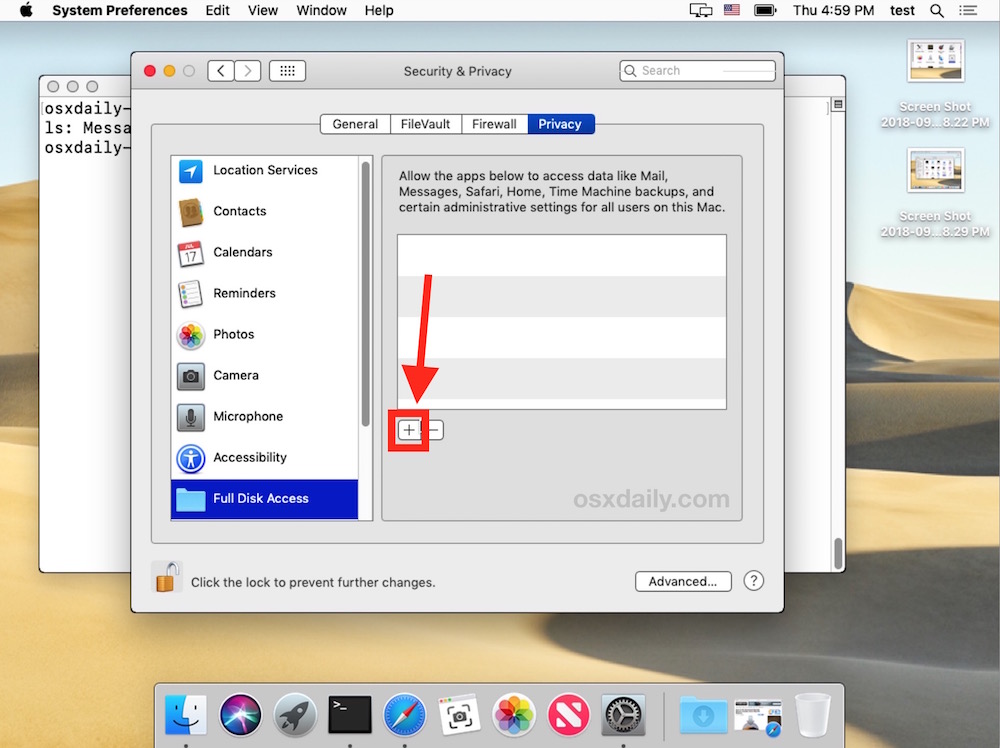- Export Photos Library Mac
- Mac Lipstick Photo
- Error Copying Mac Photo Library Manager
- Error Copying Mac Phoot Library Online
- Error Copying Mac Phoot Library Software
Your Photos library holds all your photos, albums, slideshows, and print projects. If your library is large, and you want to free up storage space on your Mac, turn on iCloud Photo Library and use Optimize Mac Storage, or move your library to an external drive.
Copy the Photos Library to the external drive. You can drag and drop. Make sure all the photos are there, and that everything is working before deleting the Photo library on your Mac.
- Oct 06, 2018 If you use iCloud Photo Library, remember that only the photos and video in your System Photo Library are synchronized with iCloud; Or Manually copy your photo library to an external storage device: Drag the Photos library (by default in the Pictures folder on your Mac) to your storage device to create a copy.
- Dec 07, 2017 All the photos have been exported out of either Photos on an iMac or from Lightroom and put on an external hard drive. When I drag the photos into Apple Photos on my MacBook Pro, I'm being told: Cannot Import Items. Some items cannot be added to your Photo library because they may be an unrecognizable file format or the file may not contain.
- Jan 12, 2020 You can access the hidden Library folder without using Terminal, which has the side effect of revealing every hidden file on your Mac. This method will only make the Library folder visible, and only for as long as you keep the Finder window for the Library folder open.
Before you start, be sure to back up your library.
Export Photos Library Mac
Prepare your drive
Mac Lipstick Photo
You can store your library on an external storage device, such as a USB or Thunderbolt drive formatted as APFS or Mac OS Extended (Journaled).1 Find out how to check the format of your external storage device.
Error Copying Mac Photo Library Manager
To prevent data loss, Apple doesn't recommend storing photo libraries on external storage devices like SD cards and USB flash drives, or drives that are shared on a network.
Move your Photos library to an external storage device
- Quit Photos.
- In the Finder, go to the external drive where you want to store your library.
- In another Finder window, find your library. The default location is Users > [username] > Pictures, and it's named Photos Library.
- Drag your library to its new location on the external drive. If you see an error, select your external drive's icon in the Finder, then choose File > Get Info. If the information under Sharing & Permissions isn't visible, click , then make sure the 'Ignore ownership on this volume' checkbox is selected. If it's not selected, click to unlock it, enter an administrator name and password, then select the checkbox.2
- After the move is finished, double-click Photos Library in its new location to open it.
- If you use iCloud Photo Library, designate this library as the System Photo Library.

Delete original library to save space
After you open your library from its new location and make sure that it works as expected, you can delete the library from its original location.
In a Finder window, go back to your Pictures folder (or whichever folder you copied your library from) and move Photos Library to the trash. Then choose Finder > Empty Trash to delete the library and reclaim disk space.
Open another Photos library
If you have multiple libraries, here's how to open a different one:
- Quit Photos.
- Press and hold the Option key while you open Photos.
- Select the library that you want to open, then click Choose Library.
Photos uses this library until you open a different one.
Hi Paul, You were right - I still did not set the path correctly (see below). Can you tell me how to set the DYLDFALLBACKLIBRARYPATH? Many thanks!!! And you can find the DYLDFALLBACKLIBRARYPATH value from a.log and b.log then you can try to run them manually by setting the DYLDFALLBACKLIBRARYPATH and we can hopefully understand what is. How to install Caffe on Mac OS X 10.11. Deep learning is a hot topic these days and it is greatly increased by the fact that AMD/nVidia video cards can be used for accelerating the training of very complex neural networks. In the meantime, some powerful frameworks have been developed by the community. DYLDFALLBACKLIBRARYPATH will not produce these problems. When installing libraries to a non-standard location, DYLDFALLBACKLIBRARYPATH is much more sane. This will look for symbols in libraries provided in the default paths and if the symbol is not found there, fall back to the specified path. Dyld_fallback_library_path mac caffe. In shell scripts used for unit testing with dynamic libraries in a directory other than the typical @rpath, I have previously been able to set DYLDFALLBACKLIBRARYPATH to set the directory containing the libraries. Under 10.11.1, bash seems to ignore attempts to set this environment variable.
Learn more
Error Copying Mac Phoot Library Online
If you have a permissions issue with your library, you might be able to resolve the issue by using the Photos library repair tool.
1. You can't move your library to a disk that's used for Time Machine backups.
Error Copying Mac Phoot Library Software
2. If the volume isn't formatted APFS or Mac OS Extended (Journaled), or has been used for Time Machine backups but hasn't been erased, this checkbox will either not be present, or won't be selectable after unlocking. Erase and reformat the drive for this option to be available.